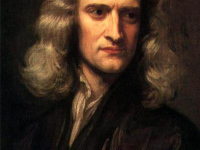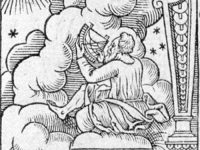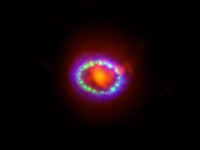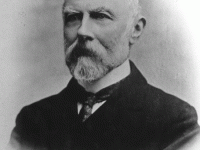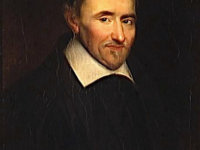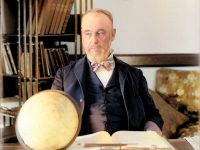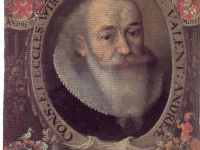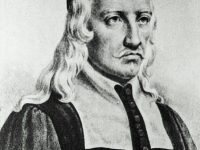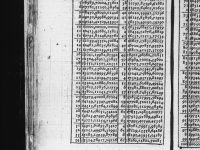Pierre Bouguer – Child Prodigy and ‘Father of Photometry’
On February 16, 1698, French mathematician, geophysicist, geodesist, and astronomerPierre Bouguer was born. In 1735 Bouguer sailed with Charles Marie de La Condamine on a scientific mission to Peru, in order to measure a degree of the meridian arc near the equator. He is also known as “the father of naval architecture” and the “father of photometry“. Pierre Bouguer – Early Life Pierre Bouguer was born in Le Croisic at the French Atlantic…
Read more


